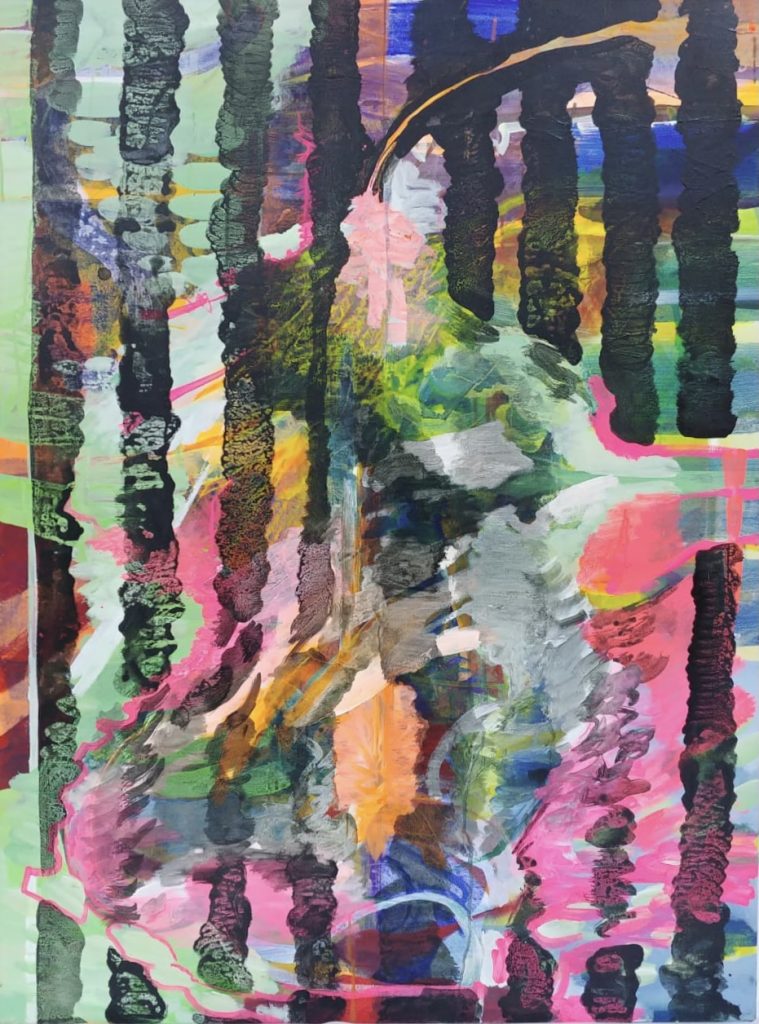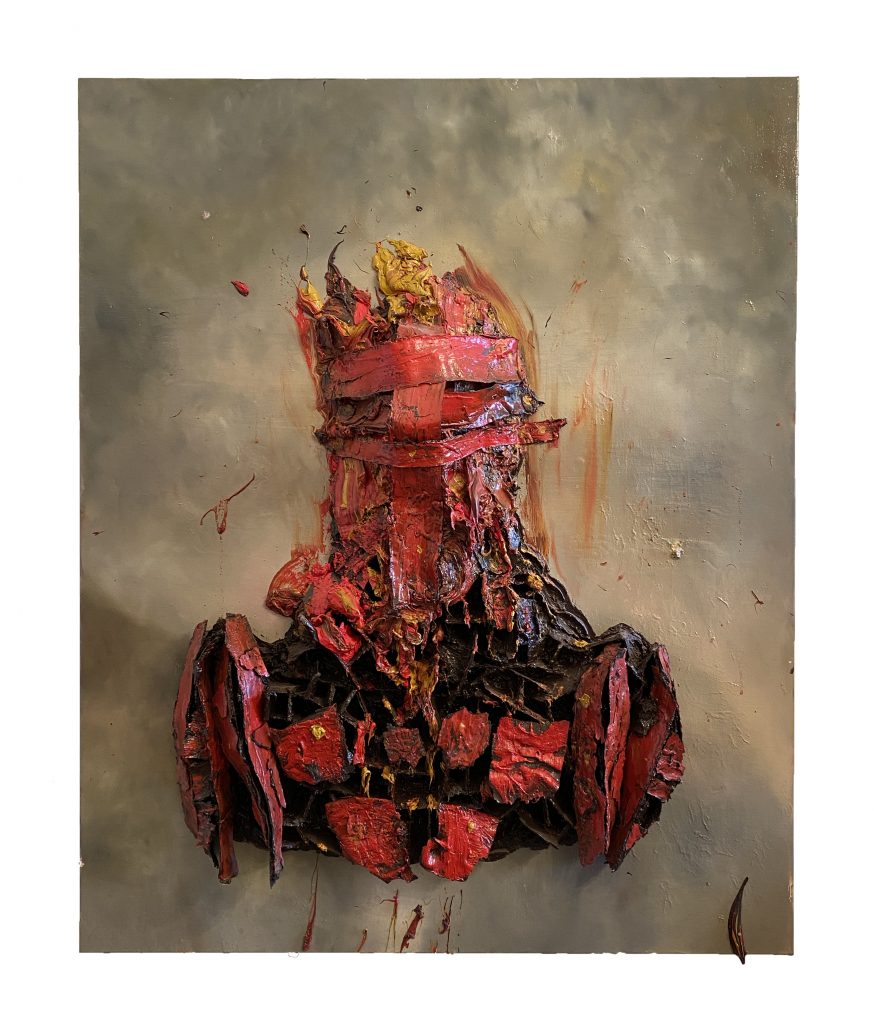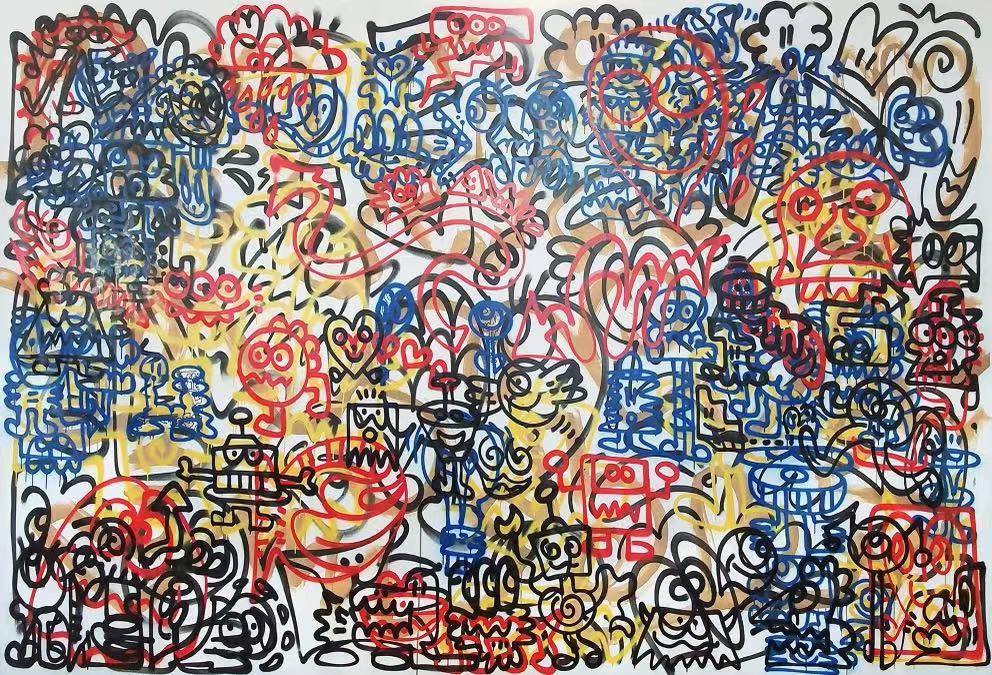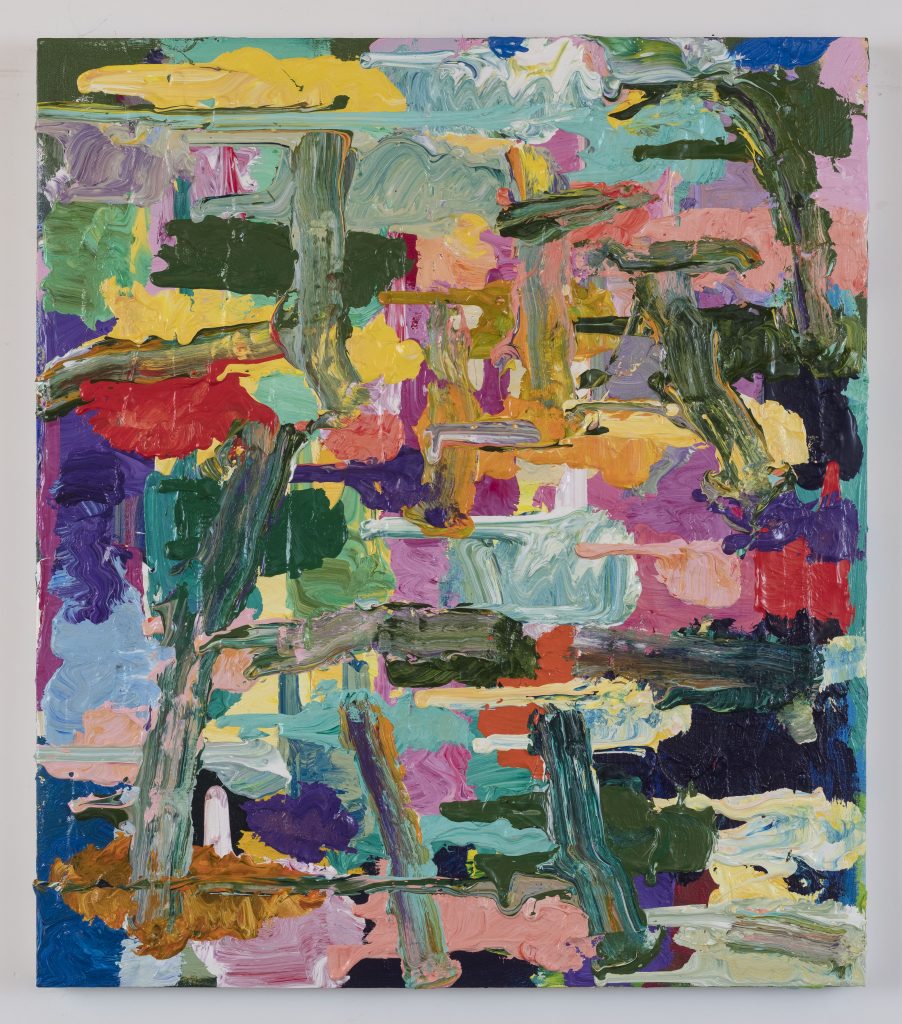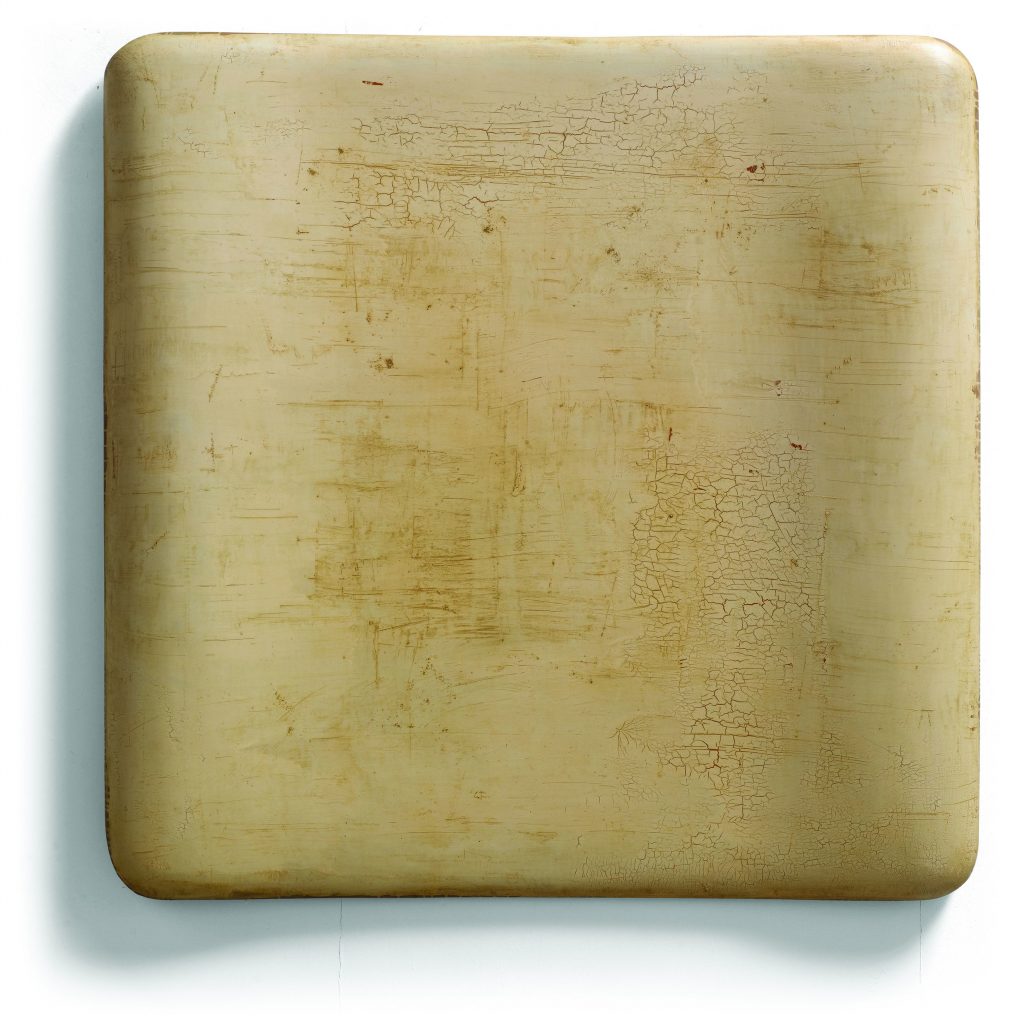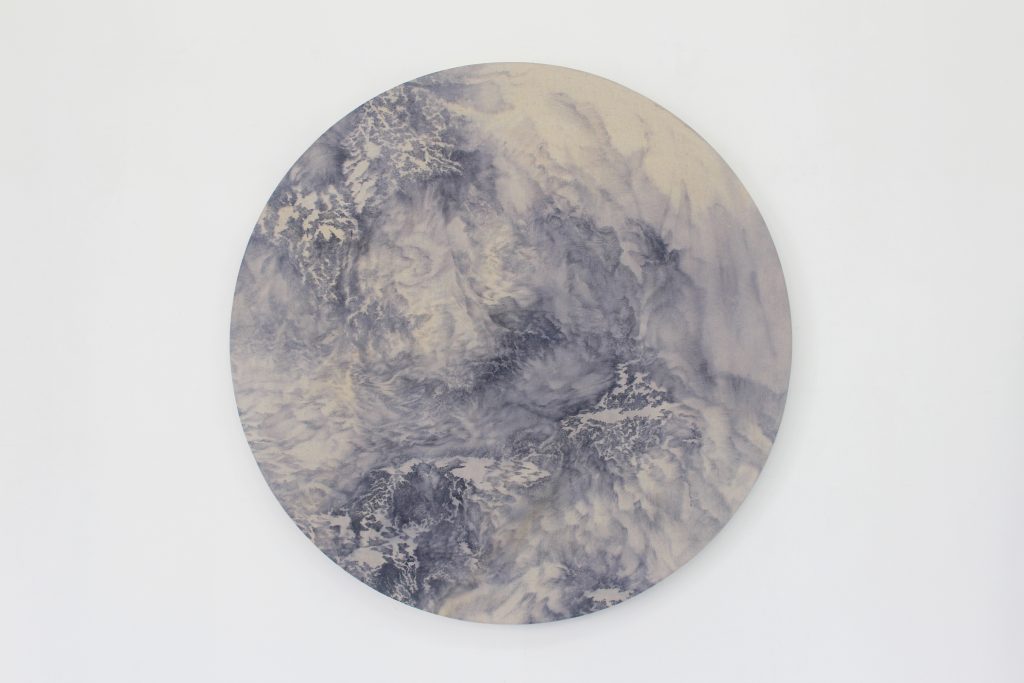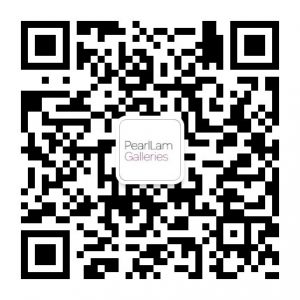West Bund Art & Design 2021
About the fair
Nov 11-14, 2021
West Bund Art Center, No. 2555 Longteng Avenue, Shanghai, China
Stand A103
Shanghai—Pearl Lam Galleries is delighted to announce its participation in the eighth edition of West Bund Art & Design. On view is a selection of artworks by artists from different generations and cultural backgrounds. Exhibiting artists include Jana Benitez (b. 1985, USA), Antony Micallef (b. 1975, UK), Mr Doodle (b. 1994, UK), Ni Zhiqi (b. 1957, China), Su Xiaobai (b. 1949, Germany), Zhang Tianjun (b. 1986, China) and Zhu Jinshi (b. 1954, Germany).
Jana Benitez’s painting is a vehicle for translating energy from the body into material form. In dialogue with traditions of modernism in Europe and post-modern spiritualism, her visually charged work expresses the psychological nuances between our attachment to the physical world and our desire to transcend it. Mandela explores the potential of art as a vehicle for spiritual healing.
Described as a modern expressionist and widely recognized as one of the finest portrait painters in contemporary art today, Antony Micallef roots his works Constructing Auras in social commentary and self-examination. Micallef’s portraitures contemplate the very substance and void that make us human in the first place. The intent is to short-circuit our narcissism and provoke us to contemplate what makes a painting after all.
Mr Doodle began consuming the Earth’s surface with doodles when he was born in 1994. He started out covering his parents’ furniture with doodles and eventually his whole bedroom until he realizs
Ni Zhiqi’s works are largely inspired by his travels and take their cue from a montage of associative imageries found in interiorized windows and floorings, such as mosaic tiles. The influence is evident in the artist’s sharpened use of geometrical variations that dominate his compositions. He captures the non-referential manifestation of perception by combining painting and collage and using muted hues in a layered treatment. Ni utilizes a diverse range of found materials that form personal assemblages of time, including handmade paper he collected from Guizhou, vintage book pages he sourced from his travels; yarn from fashion design classes he teaches, anonymous old envelopes, and discarded packages. Alhambra No.33 conveys a deep sense of longing and nostalgia.
Su Xiaobai has developed a sensuous yet rigorous art that defies classification, and yet whose own chosen medium, lacquer, is steeped in Chinese history. Su’s works are both hedonistic and mystical, defiantly sculptural while exquisitely painted. Ranging from shell-like finishes to sensuous, curved profiles and abraded textures, they exist entirely on their own terms, possessing their own history, character, and independent existence. Rather than depict other objects, his art engages with the idea of being itself. At its centre, Su’s work uses the visual language and context of art to embody issues that are both philosophical and, at an everyday human level, universal. Su said “Leave the story to the person who wants the story. For me, a bit of hue and movement would do.”
Zhang Tianjun was born in Shanghai. From 2001 to 2005, he attended the Affiliated High School of the China Academy of Art. Specializing in oil painting, Zhang graduated from China Academy of Art in Hangzhou in 2009, where he received an honorary scholarship award and excellency award for his graduation portfolio show. Zhang was selected by Today Art Museum in Beijing as an emerging young artist to exhibit that same year. Zhang Tianjun’s artworks are primarily based on canvas. With a strong interest in classical Chinese landscapes, he explores and devises Chinese traditional painterly techniques in the realm of contemporary art.
In the late 1980s, Zhu Jinshi was invited by the DAAD and Bethanien Art Center to live and work in Berlin, Germany, which helped him to gain a preliminary understanding of Western contemporary art. He found himself increasingly looking inward at his Chinese roots, particularly Eastern Zen Buddhism. Taking an early interest in the notion of social sculpture by Joseph Beuys, Zhu began experimenting with the potential of contemporary art, infusing Zen philosophy and Fluxus art. His recent acrylic paintings continue his style that he first attempted 40 years ago, but with a twist. For Zhu, art is about continuing to challenge himself.


